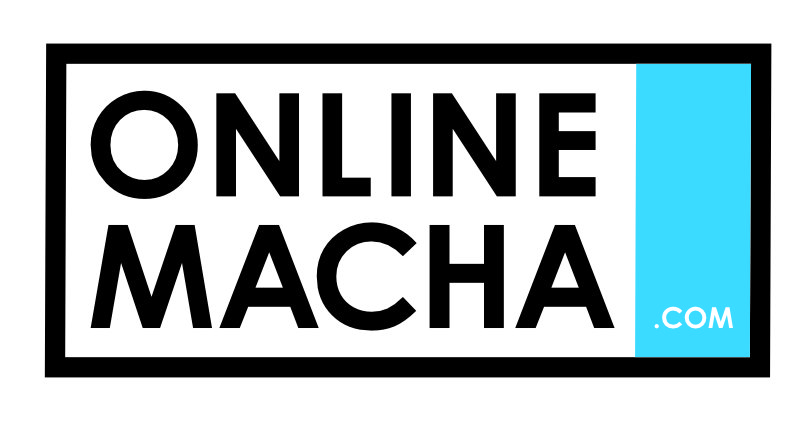If Donald Trump wins the upcoming U.S. presidential election, a critical rule from his previous administration regarding H-1B visas offers significant clues about his potential approach to immigration. The 2020 rule, designed to raise the minimum wage required for H-1B visa holders and employment-based immigrants, was seen by many as a move to make it harder for foreign professionals to enter and remain in the U.S. labor market. Though this rule was blocked on procedural grounds, its intent and implications remain important for understanding how Trump might handle immigration if he returns to office.
In October 2020, the U.S. Department of Labor (DOL) introduced a rule that significantly increased the minimum salary employers must pay to H-1B visa holders and employment-based immigrants. The rule was particularly alarming for companies that rely on foreign-born professionals, as it set wage levels much higher than what was being paid to similarly skilled U.S. workers. Under current law, employers are required to pay H-1B workers the prevailing wage or the actual wage paid to similar U.S. workers. This is also a requirement for employers sponsoring foreign nationals for permanent residency.
What was particularly concerning about the Trump administration’s 2020 rule was that it changed the mathematical formula used to determine prevailing wages. Immigration attorneys pointed out that this change resulted in a substantial increase in the wages required to hire foreign professionals, often pushing them far above the market rate. For example, an analysis by the National Foundation for American Policy revealed that the required salary for a Level 1 petroleum engineer under the new rule doubled, with minimum annual salaries for some common occupations increasing by 200% or more.
This drastic change led to widespread concern among employers, who feared that hiring high-skilled foreign nationals would become prohibitively expensive. According to Kevin Miner of the law firm Fragomen, the new DOL regulation artificially inflated the prevailing wage beyond what was justified by actual data, effectively pricing many foreign workers out of the U.S. job market.
In March 2021, the U.S. Chamber of Commerce and other organizations challenged the DOL’s final rule, arguing that it contradicted statutory language by making H-1B visas available only to those earning wages comparable to individuals with a master’s degree or higher. They claimed that the rule was an overt attempt to drastically raise the eligibility criteria for H-1B visas.
The Biden administration, which succeeded Trump, did not oppose the vacating of the rule and delayed its implementation until November 2022. By April 2021, the DOL had begun seeking public input on how to calculate prevailing wages for H-1B visa holders and employment-based immigrants. As of June 2023, the DOL had moved its proposal to raise prevailing wage rates for H-1B and PERM programs to its long-term agenda, suggesting that it might be shelved permanently.
However, should Trump return to office, the 2020 H-1B wage rule could provide a clear indication of the direction his administration might take on immigration, potentially reviving efforts to tighten restrictions on foreign workers entering the U.S. job market.





